Larry Ellison's 15 Boldest Statements At Oracle OpenWorld
Oracle Executive Chairman and CTO Larry Ellison took center stage at Oracle OpenWorld and didn't hold back on knocking down competitors while sharing his vision for Oracle Cloud's future.
Larry's Vision For Cloud Domination
Oracle Executive Chairman, CTO and unofficial chief evangelist Larry Ellison took the keynote stage at the Oracle OpenWorld conference in San Francisco this week to share his vision for how Oracle Cloud will overtake the industry's hyper-scale leaders.
The legendary tech leader took every opportunity to knock down some competitors—AWS and Red Hat—while, somewhat uncharacteristically, praising two others—Microsoft and VMware—with which his company has struck new partnerships.
Ellison explained why he believes Oracle's public cloud can win in the market with its unique architecture and an increasing array of artificial intelligence-powered automation capabilities that deliver unmatched security, ease of use, and price-performance.
"We march toward the ultimate goal of giving you a fully autonomous cloud, serverless, elastic, all of the benefits of not just autonomy, but what was promised to you with a Gen1 cloud," he told OpenWorld attendees.
Here are 15 of the boldest statements Ellison made during his Oracle OpenWorld keynote.
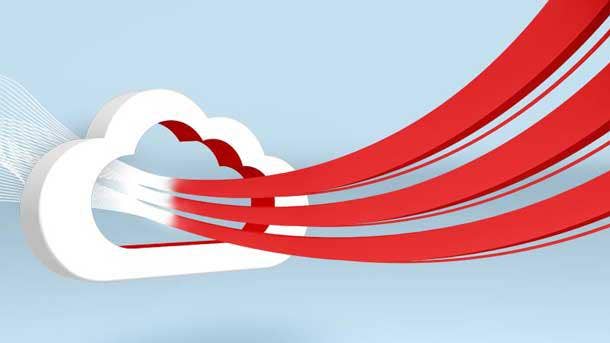
Autonomy Makes The Gen2 Cloud
Autonomy is the defining technology of a second-generation cloud. Autonomy is what separates a second-generation cloud from what came before.
Last year, we brought the world's first autonomous database. This year, we've been working on a number of other autonomous services that we're adding to our cloud as we march toward our ultimate goal of delivering the world’s first complete and truly autonomous cloud.
Autonomous systems are enabled by a radical new generation of artificial intelligence called machine learning.

Smart Cars And Smart Clouds
[Larry Ellison sits on the Tesla board and is one of its largest shareholders.]
Tesla, we're very excited to get that car out soon and before anyone else. Autonomous driving will cut your Uber bill in half, and that's important, but 30,000 people a year die on our highways. By eliminating human labor and human error, autonomous systems are going to save tens of thousands of lives.
Artificial intelligence, machine learning, autonomous systems are so fundamentally different than what came before, it marks a new generation in compute technology.
Eliminating human labor is the biggest economic benefit of this second-generation cloud. Layered on top of the biggest economic benefit of the first-generation cloud, which is only paying for what you use when you use it.

The Only Rule For Eliminating Data Theft
If you eliminate human error, ‘pilot error,’ if you will, in autonomous systems, you eliminate data theft. And that, as far as I know, is the only way you can ever eliminate data theft.
In the Gen2 cloud, the system is responsible for preventing human errors, the system is responsible for preventing data loss. Not you. Us. Or more precisely, our automated systems.
I'll give you one simple rule to prevent data theft. Put your data in an autonomous system. It’s the only rule I can come up with. Only thing anyone's come up with so far. No human labor. No human error. No data loss. That's a big difference between us and AWS.
More automation than just security and fixing bugs. Auto-scales, tunes, runs fast. Meets promise of second-generation cloud in being autonomous, but also it’s elastic and serverless.
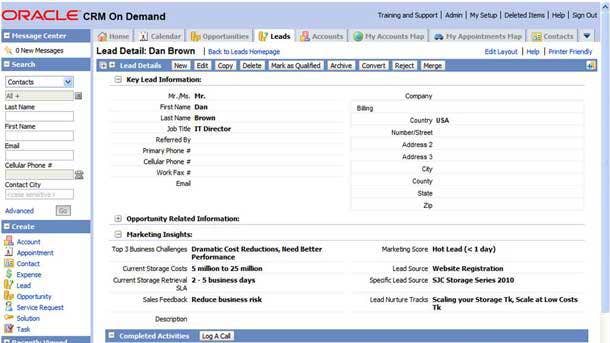
Automating The OS
If I remember anything about computing, doesn't the database run on an operating system? Isn't the database sitting on a lot of other code? I mean specifically the Oracle Linux Operating System.
Hey, it's great you got an autonomous database, sounds like the vulnerability then is the code right below it, the operating system, what are you doing about that?
Well, today we're announcing the Oracle Autonomous Operating System, our version of Linux which we've been working on for almost 20 years, believe it or not, is now autonomous. It is the first and it is the only autonomous OS in the world. And it’s live.
It runs our cloud, all of our applications run on Autonomous Linux, all of our infrastructure runs on Autonomous Linux, hundreds of thousands of servers, hundreds of millions of transactions a day. It's proven itself, it's live on our cloud, it also runs all of our appliances like Exadata, and we support thousands of customers that run our Linux, Oracle Linux, on-premises in their place, as opposed to running Red Hat, they run our Linux.
Availability, it’s down around, kind of guaranteed to be down two minutes a month. It’s a highly available system designed for the cloud.
And this looks familiar, like the database, it provisions itself, it scales itself, it tunes itself, it does it all while it's running, it patches itself while it’s running. You discover a security vulnerability and Oracle Autonomous Linux, and we fix it and you don’t even know. There's no outage. There's no downtime, there's no delay.

Equifax And Spectre/Meltdown
Equifax had a problem about a year ago. They were patching a database called Apache Struts. First they [had] to find downtime. They had known about the vulnerability for six months but finally found some downtime. The majority of the instances of Apache Struts they patched but couldn't find a few. It’s a manual process. Disastrous, catastrophic data loss.
There are no human errors, there are no ommisions, we don’t miss anything, there are no delays, no waiting and scheduling of downtime. It patches itself while it’s running and we patch the entire fleet, millions of cores.
When the Spectre/Meltdown bug showed up, we actually had to patch our entire cloud, cause it’s a bug on Intel chips. We had to patch our entire fleet of processors. One hundred and fifty million patches we applied to our entire cloud in four hours, no downtime, all fixed, kept running, proven, done. Nobody else can do that.
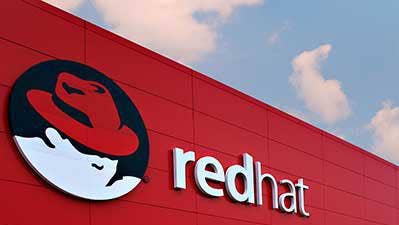
OS Compatibility With Red Hat
Started this before the cloud generation, but now the cloud generation is here. It's exactly what we need to pair with our database and our other autonomous services. It's designed for extreme performance, high reliability, always secure.
In that sense, it's different than Red Hat, which is designed for traditional on-premises applications. But we're completely compatible with Red Hat. Any Red Hat application will run unchanged on Oracle Autonomous Linux. In 13 years, not one compatibility bug has even been filed for Oracle Linux. Every Red Hat application runs unchanged on Oracle Linux.
You can rest assured your application will run unchanged if you move it from Red Hat to Oracle. Oh, and one more thing, our Linux is autonomous.
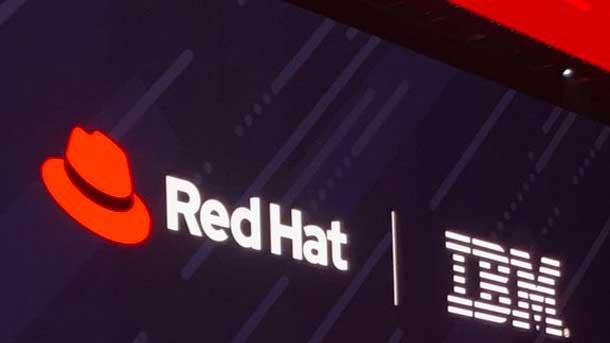
Some Interesting Oracle Linux Customers
It's interesting some of the customers that have chosen to use Oracle Linux in their cloud. The Oracle Linux they have in their cloud, if they're updated and current, is Oracle Autonomous Linux.
AWS, Salesoforce.com, IBM SoftLayer, and of course our cloud. Since IBM bought Red Hat, they are trying to move off of, as much as possible, Oracle Autonomous Linux and onto Red Hat, but they still use Oracle Autonomous Linux to this day.
You point your servers to our Linux update server, you're done. No reboot, no nothing. It's a one-step, literally instantaneous migration. When you use Oracle Autonomous Linux in the cloud, the price is just right. It's free, so if you're paying IBM, you can stop.
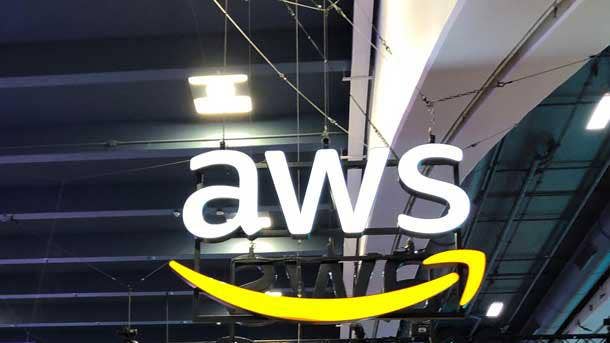
Emails From Amazon
Oracle Autonomous database hides complexity. It’s the easiest system to run, and it’s the lowest cost to run. The Oracle Autonomous Database, if you want all those benefits, if you want to eliminate data loss, if you want to patch online, if you want automatic tuning, you've got to be willing to pay less.
It costs way less to run Oracle Autonomous Database than it costs you to run Redshift, or Aurora, or any of the Amazon databases. It's way cheaper, way safer. We automate not only the database, but we automate all of the infrastructure around the databases, the compute and the storage.
It's easy to use because there's nothing to learn. It drives itself. And there's nothing to do because it drives itself. It does all of this stuff automatically. You can concentrate on building systems related to your business rather than worrying about the underlying plumbing.
It’s a fault-tolerant system, it tolerates hardware errors, it tolerates software errors, it tolerates network errors. And it eliminates human errors.
That’s why we're at least 25 times more reliable than Amazon. That’s a very conservative number. Though they don’t think so in all the email they send me. I think I might change it next year to a hundred times.

Oracle Database Versus Amazon Databases And Cost Guarantees
Oracle Autonomous Database is much, much, much faster than Redshift. We showed the Oracle Autonomous Database being seven, eight times faster than Redshift, when you're doing analytics.
Amazon's database for doing Analytics is Redshift, that’s their best analytics database, we're seven times faster. Aurora is the best transactional database, we were eight or nine times faster. But if you try to do analytics and mixed workloads, analytics and transaction on one of the Amazon databases, we're a hundred times faster.
But forget that. Let's say you're just doing analytics seven times faster. Time is money. You're paying by the hour. The hourly charges are around the same. They're seven times slower. That means they're seven times more expensive.
That’s why it’s so easy for us to guarantee, you take any application off an Amazon database, move it to Oracle, we'll guarantee, bring in your Amazon bill, we'll sign a contract, we'll guarantee that bill will go in half.
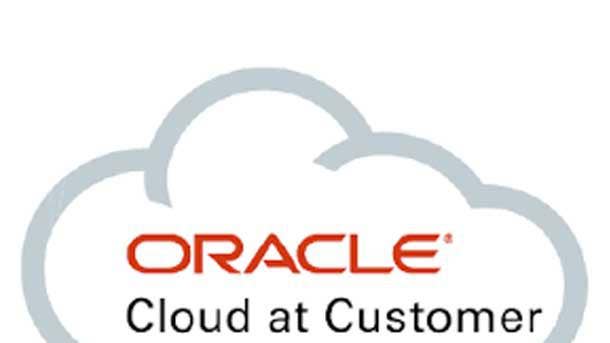
CloudatCustomer Gen2
We have a new version of CloudatCustomer. We have a Gen2 version of CloudatCustomer, which I think is a really big deal.
CloudatCustomer allows you to take the best database, Oracle Autonomous Database, on the best cloud infrastructure, Exadata, and put it into your data center behind firewall.
Now Gen2 is so much easier to run and install then Gen1. We have to use our Gen2 public cloud to manage Gen2 CloudatCustomer.
The databases in Gen2 CloudatCustomer look absolutely identical to the databases in the public cloud.
Later on next year, you will get the full autonomous database, everything that's in the cloud will be available behind your firewall, in your data center for the first time.
It's been a big effort, but we think that’s where people are going to go. Especially our biggest clients, the big banks and insurance companies, are going to maintain their data centers, but they want an autonomous database, they want all the advantages of autonomy.
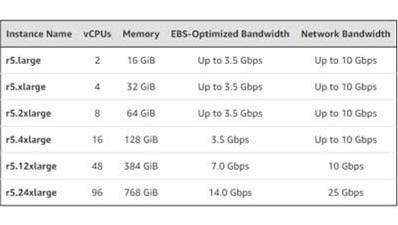
Elastic Compute Cloud Versus Truly Elastic Compute
Generation 1 cloud had a different set of promise—the promise there was you only pay for what you use when you use it … was serverless and elastic.
Amazon's cloud is called EC2, Elastic Compute Cloud, it's in the name. To do that, you must be serverless, meaning when the application’s not running, you're not using any servers, zero. And elastic means when you're running and you are using two cores and you suddenly need eight, it automatically scales up when you need it and then it scales back down.
So how did that go?
Well, actually one of Amazon's databases, DynamoDB, a very simple one, is actually serverless. When it's not running you don’t pay for any servers.
Most People use Aurora and Redshift and RDS and a bunch of the others, and none of those are serverless and none of those are elastic. You want to scale up, take the system down. System's not running, you still have to pay for it. No servers are running, too bad. You have to pick a shape.
Oracle Autonomous Database, it is serverless. Oracle database scales up and down while running. Amazon, you want to scale up and down, that's downtime. Patches itself while running. Amazon you patch, more downtime.
Reality of Gen1 cloud at AWS is unbelievably, the Elastic Compute Cloud is just not elastic. What if you need a five-core VM, well, too bad. The closest thing to a five-core is a 12-core.
What customers really want is elastic compute. You simply say this is how much cores I want, this is how much memory I want, and get me more when I need it. When I need the additional capacity, automatically scale up, just like the database.
We're now talking about basic compute, basic storage. Why shouldn't it do the same thing as the Oracle database? Serverless when not running, dynamically scale up number of cores and memory when it is running. That’s what customers want. That’s what we're doing.
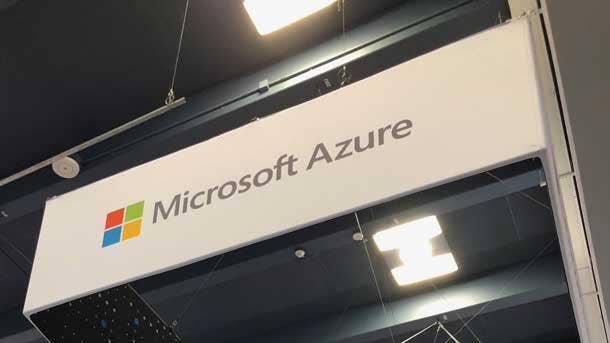
Co-Opetition With Microsoft
And we have some very special partnerships, like with Microsoft, where we've actually created a high-speed link to connect our data centers to Microsoft data centers.
You can be using the Oracle Autonomous Database with Microsoft Analytics if you want to. No problem. you choose. Preserve your investment in Oracle technology. Preserve your investment in Microsoft technology.
And I think we have a great relationship with Microsoft, and Microsoft has a lot of good technology.
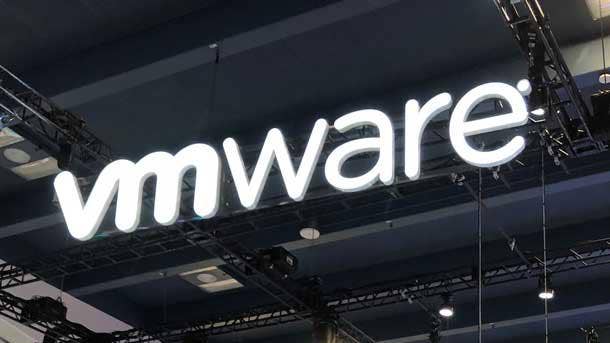
Oracle And VMware Takes Flight
We have a very important relationship with VMware we just recently signed.
Only cloud that will allow you to manage your own VMware stack. The VMware stack you're running on-premises, you really can lift and shift it intact to the Oracle Cloud. You can use your existing tools, your existing operational produces. Or you can take your on-premises VMware environment and link it up to OCI, and get the benefit of Oracle Analytics Cloud, or Oracle Autonomous Database.
You really control version management, operations, upgrade time of the VMware stack, making it easy, enabling you to migrate, if that's what you want to do, from on-prem into the cloud with almost no change. Very big deal, very important announcement.
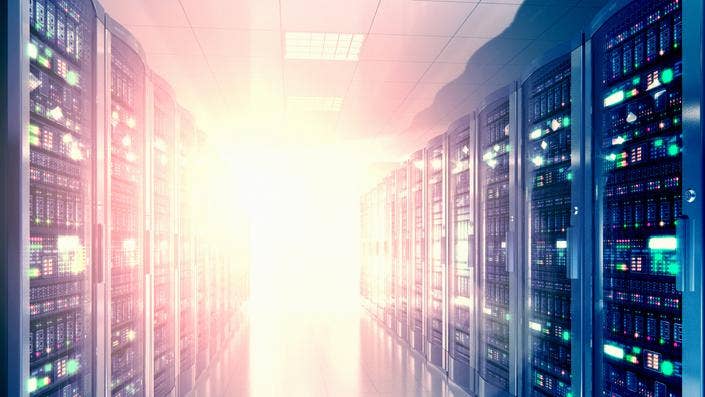
Getting Bigger
And, we're getting bigger. We have 40,000 customers in the cloud today about, 40,000 discreet companies. I'm not talking about a developer in the Ukraine, I'm talking about significant companies doing something of note.
In 16 hyper-scale regions today. All the Oracle regions run all the Oracle services. In all 16 of those regions you'll find NetSuite, in all 16 of those regions you'll find Fusion applications, in all 16 of those you'll find Oracle Analytics Cloud, in addition to autonomous database and compute and storage and all of that jazz.
All the services are available in all of our clouds and that’s our policy. Amazon doesn't do that. Amazon has some services some places, some service elsewhere.
When we meet next year, we'll have more regions than AWS. It's stunning, it's absolutely stunning.
[Oracle expects to add 20 more data centers, to bring it up to 36 total, compared with 25 AWS regions.]
We expect to add a thousand new autonomous database customers this quarter alone and it’s accelerating. Very, very rapid growth.

Always Free Oracle Cloud For Everybody
As my dear friend Steve Jobs used to say: One more thing. We miss you Steve.
The Always Free Oracle Cloud for Everybody. Always free, as long as you keep using it, it will be there, it will never expire, it will never go away.
We want to get developers from all over the world.
Free to developers, free to students. All of our enterprise customers, and everyone who works for our enterprise customers, can get to work right away prototyping their ideas, prototyping new projects. If they're waiting for access to Oracle cloud, there's no need to wait anymore. They can go ahead, log on, and it’s free.